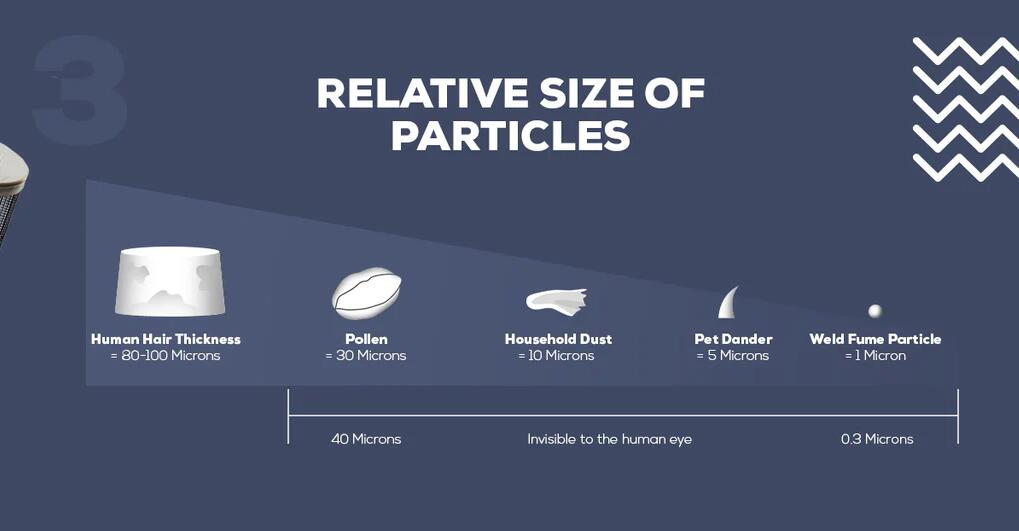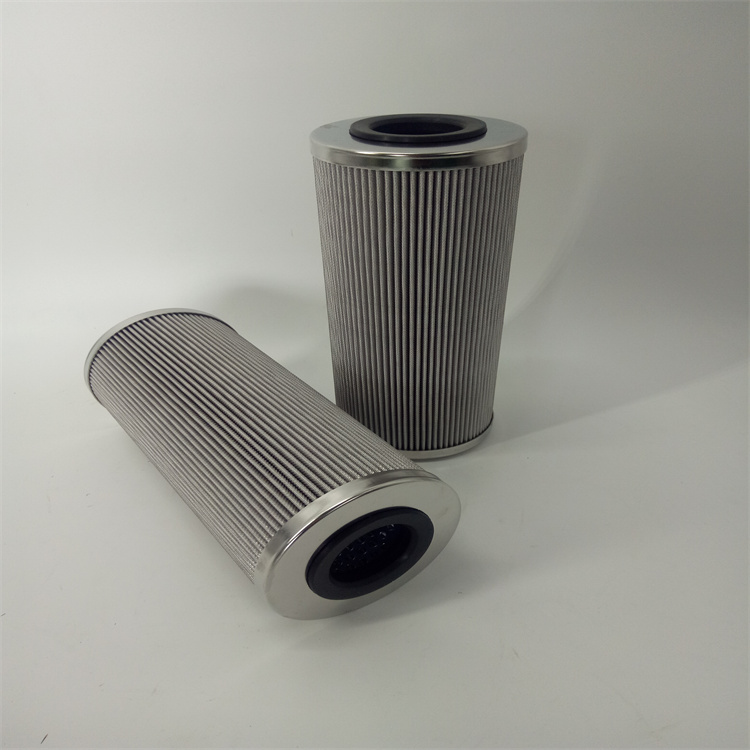With filtration being a critical activity for many industrial or manufacturing organisations, it’s vital to choose the right micron and beta rating to keep contaminants like dirt, metal shavings and other particulates from circulating inside a hydraulic system and causing damage - but what exactly does this mean? The effectiveness of filtration and separation impacts processes that determine quality standards for your application; therefore, you need to select the right micron and beta rating to ensure the size at which particles are retained by the filter are correct. With that in mind, the key starting point for your filter selection process is the micron rating so you establish which filters have the capabilities you require. Let’s break it down…
What is a Micron Rating?
Micron is short for micrometre - one-millionth of a metre (a minuscule unit of measure to say the least!) The micron rating refers to the aperture size of filter media and is used to indicate the ability of a filter to remove contaminants by the size of the particles. Essentially, the smaller the micron rating, the finer the particulate removed. Let’s put this in perspective - a human hair is between 40 to 90 microns in diameter, bacteria range from 0.5 to 50 microns and particles above 50 microns can be seen by the naked eye. Take a look at the graph below for context.

For example, a 40 micron rated filter will allow larger particles to pass through than a 5 micron rated filter - the smaller the micron rating, the more effective the filter is at removing particles of that micron size. A lot of hydraulic failures are a result of particle contamination which is why it’s critical to specify the micron rating.
Nominal vs Absolute Ratings - What’s the difference?
The most common filter ratings are either nominal or absolute, and each describes the general capacity for the filter to remove particles of the specified size at a specified efficiency. Simply put, a filter with a nominal rating is low efficiency, and a filter with an absolute rating is high efficiency. Nominal ratings indicate the efficiency of about 50 percent, whereas absolute ratings indicate the filter is 99.9 percent efficient at capturing all particles at or above the stated size on each pass.
For further information about micron or to enquire about our filtration services, please contact us directly at info@filterreplace.com.
Contact: Sunny
Phone: 18790023620
Tel: +86 18790023620
Email: info@filterreplace.com
Whatsapp:+86-18790023620
Add: Tiantan Road,Huling Industrial Zones,Jiyuan ,Henan ,China